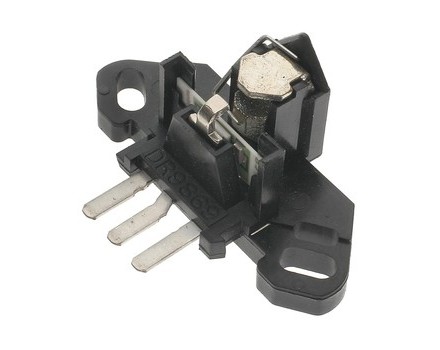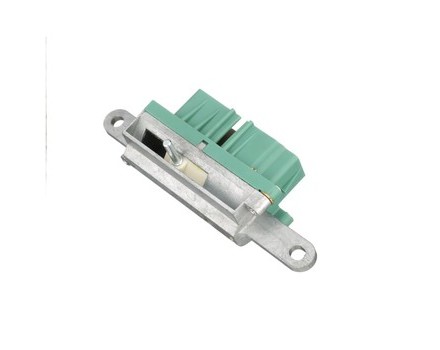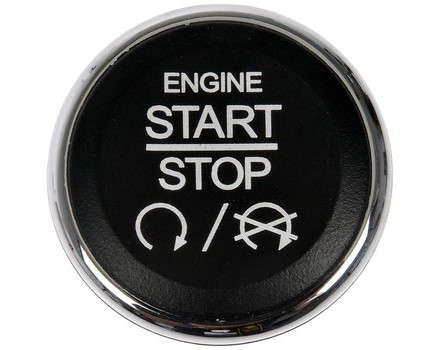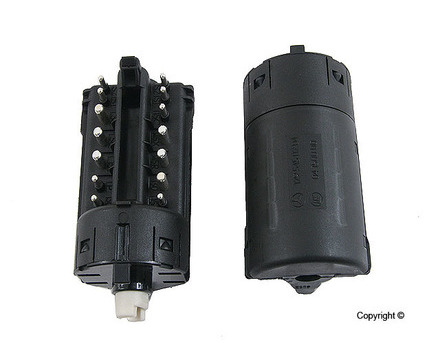Switches
Filter Options
Important: To get started, click the blue "Filter Options" button to select your vehicle and then use the filters to narrow your options.
Important: To get started, select your vehicle on the left and then use the filters to narrow your options.
What is an ignition switch?
An ignition switch is a component found in most vehicles that connects and disconnects the power supply to the vehicle's ignition system.
What is the purpose of an ignition switch?
The purpose of an ignition switch is to control the flow of electricity from the vehicle's battery to the ignition system, allowing the ignition system to start and stop the engine when needed.
How do I determine if my ignition switch is faulty?
To determine if your ignition switch is faulty, you should check for common signs of a faulty switch such as:
- The vehicle is slow to start or does not start at all.
- The engine stalls when the vehicle is running.
- The headlights or other electrical components flicker when the engine is running.
- The vehicle fails to shut off when the key is removed.
Can a faulty ignition switch cause damage to my vehicle?
Yes, a faulty ignition switch can cause damage to your vehicle. A faulty switch can cause excessive wear and tear on the starter or the alternator, leading to costly repairs.
How do I replace an ignition switch?
Replacing an ignition switch is not a difficult task, but it should only be performed by a qualified technician. The process typically involves:
- Disconnecting the negative battery cable.
- Removing the steering column covers.
- Unscrewing the screws that hold the switch in place.
- Pulling out the old switch and wiring harness.
- Connecting the wiring harness to the new switch.
- Securing the new switch in place with the screws.
- Reinstalling the steering column covers.
- Reconnecting the negative battery cable.
How often should I inspect my ignition switch?
It is recommended to inspect your ignition switch at least once a year. This inspection should include checking the wiring and connectors for any signs of corrosion or wear and tear. Additionally, you should check the switch for signs of damage or excessive wear.





